.gay is currently available, while also not yet available to the whole world. Confusing, right? We know, but this is standard procedure for any new domain extension. Right now, .gay is in its “Sunrise II” phase.
What is sunrise?
The .gay Sunrise II phase, which is now open, is a special registration window open to any verifiable trademark holder. If you have a registered trademark anywhere in the world via a reputable body (e.g., WIPO, USPTO, UKIPO, OHIM -EUIPO), you can apply for a sunrise registration in .gay. If you are a trademark holder and you wish to register your domain, you’ll find more information on our .gay Sunrise page.
Photo by Rui Magalhães on Unsplash
What’s next?
Due to the global pandemic, we made the decision to postpone the General Availability launch of .gay. The current Sunrise II phase closes on September 4.
RIGHT NOW, we are helping community groups, organizations, small businesses, and individuals that want to create digital Pride and connection during the global pandemic. Many organizations have had to shut their doors, many community locales are closed, and Pride events are being cancelled. We have a limited number of .gay names that we can activate early and we cannot imagine a better use for them. Our team will work with you to secure a .gay name and will waive all associated fees and help to get you online free of charge. If you would like to activate a .gay site to foster digital Pride, please submit a request via our online form.
September 8 – 15 “Early Access Period,” where anyone can pay an extra fee to register a .gay domain. The extra fee lessens each day over the course of this one week. Ever heard of a Dutch auction? No?! Well, this is an example of one. The fees start rather high and get more affordable fast. The high fees reflect the fact that there are some very valuable .gay names coming out (I’m looking at you, travel.gay!).
September 16 “General Availability,” aka LAUNCH DAY, is the day anyone, anywhere can register a .gay domain on a first-come, first-served basis. Prices for standard names will begin under $30; variability you see in retail is due to registrar markup or a possible premium name (still looking at you, travel.gay). Continue to check back with us, follow our socials, or consider a pre-order at registrars offering such services.
Waiting for Launch day? Join us at OHhey.gay!
Feel good about your support of a historic internet launch: 20% of .gay registration revenue (not just profit!) is donated to GLAAD and CenterLink.




